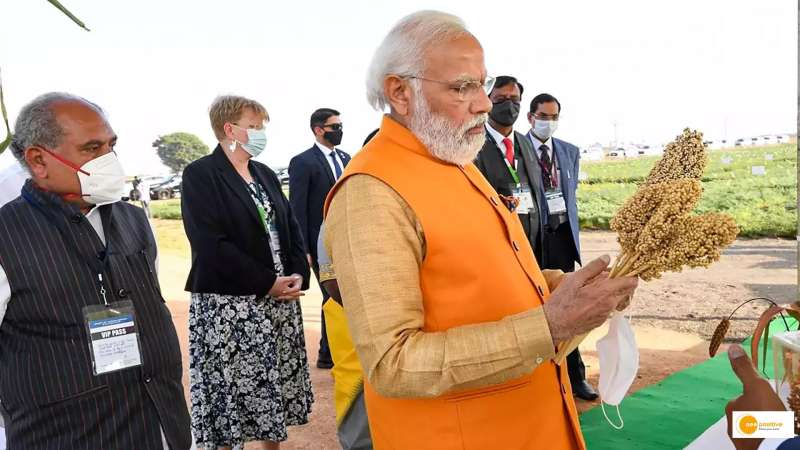

Introduction
The Indian agricultural space has been considered a significant lifeline for India’s economic growth for decades. Despite the many challenges that have plagued India’s agricultural growth in the past 20 years, the potential within this reviving sector is sky-high, and with the help of modernization measures the country is making significant strides toward its next phase, one that can revolutionize India’s agriculture practices with the inclusion of advanced technology.
How the recent Government has worked towards benefiting the Indian farmers
The Indian Government over the past decade have put productive efforts in empowering the country’s farmers. This has included measures such as increasing agricultural subsidies, improving irrigation facilities, and establishing farmer-friendly policies.
One key measure that the government has taken is to increase agricultural subsidies. In particular, it has increased the subsidies for fertilizers, seeds, and other inputs. This has helped farmers to better manage their production costs and has contributed to an increase in agricultural output.
The government has also improved irrigation facilities to help farmers make better use of available water resources. It has built new dams and canals, as well as laid down pipelines for transporting water. This has helped to raise crop yields and improve food conservation efforts.
Finally, the government has established farmer-friendly policies that have eased the process of doing business for farmers. These include initiatives such as providing crop insurance and offering easy credit access. This has helped to improve the financial stability of farmers and encouraged them to adopt modern farming techniques.
Praises from the union minister
Praising the recent efforts of the current government in improving the capacity and productivity efforts of the farmers at a recent press conference, union minister of state for food processing industries Prahlad Singh Patel appreciated Prime Minister Narendra Modi for the government’s approaches in empowering the Indian farmers.
Adding to his appreciation, Minister Patel further added that with the help of more modern digital methods, the government is providing much-needed assistance that directly reaches the farmers, giving them the chance to take advantage of such opportunities and conduct their businesses efficiently.
Minister Patel also praised the success of the National Agricultural Market or eNAM mandi; an online portal that connects the various existing APMC-controlled mandis creating a national unified market where more than 1.74 crore farmers can easily sell their products without feeling duped for their hard work.
Conclusion
Since independence, various governments have taken influential steps towards empowering Indian farmers and improving their capabilities and the same Idea is currently being pushed ahead by the Modi government. The goal is to make the farmer more self-sufficient and less reliant on support from the government. This has been done through many initiatives, including providing training and education, creating rural infrastructure, and improving access to technology.
An improved and superior Indian agriculture benefits not only India and its economy but its neighbors as well. Improved trade relations in all fields including agriculture and technology is India’s main goal.


